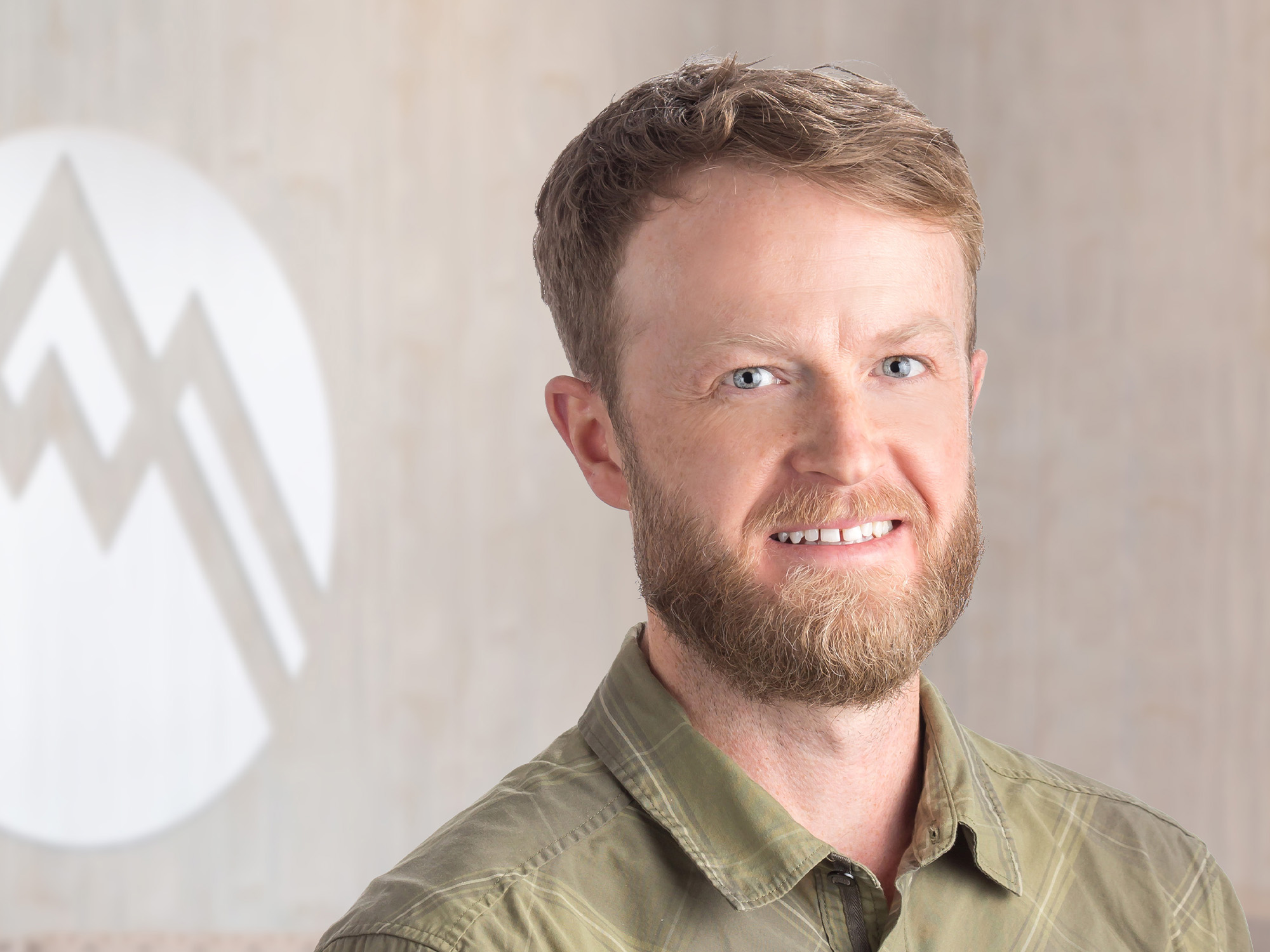Summit Orthopedics physical therapist Sam Olson, PT, DPT, OCS, explains the hidden pitfalls of specializing in one sport and playing it year round.
“Sports specialization stems from the incorrect notion that starting out an activity and getting really good at that activity at a young age is going to set someone up for a college or professional career,” said Summit Orthopedics physical therapist Sam Olson, PT, DPT, OCS. “It goes back to the concept that it takes 10,000 hours of practice to achieve expert-level mastery. But research is showing that when it comes to youth sports, that’s not the case.”
Doing the same sport more than 16 hours a week can make young athletes more susceptible to injury, which will ultimately slow down their progress.
Staying active is great, of course, and children should get 60 minutes of activity each day. But as with many things, variety is key. “Having different movement patterns with different activities throughout the year is important,” Olson said. “It will improve overall athletic performance, rather than doing the same motion over and over throughout the year.”
Cross-training works to improve coordination and performance by taking advantage of the way our bodies work. “Humans develop strength and coordination according to what we have to do,” Olson said. “Doing a new activity helps create novel movement patterns that improve overall athletic skill.”
Sports specialization recommendations
“The prevailing advice, which is supported by research, is not to specialize in one sport,” Olson said. “Studies show that single-sport athletes tend to train twice as much as a multisport athletes, so this recommendation is grounded in evidence.”
Here are some sports specialization guidelines:
- Participation in one sport should be eight months out of the year or less.
- Take a one-month break a few times a year between seasons to rest.
- Don’t practice every day: Take one or two rest days per week.
- Limit training participation to less than one hour for each year of the child’s age. “That’s an easy guideline to keep in mind,” Olson said. “For example, a 15-year-old should train less than 15 hours a week. That includes practice and games.”
To give your child the best chance of playing in the big leagues, it’s smart to rotate in different activities, so they’re not setting themselves up for exhaustion and career-threatening injuries. “The literature shows that the earlier children start playing a sport, the fewer exposures they have at the college and professional levels,” Olson said. “This kind of intense sports specialization can really backfire.”

